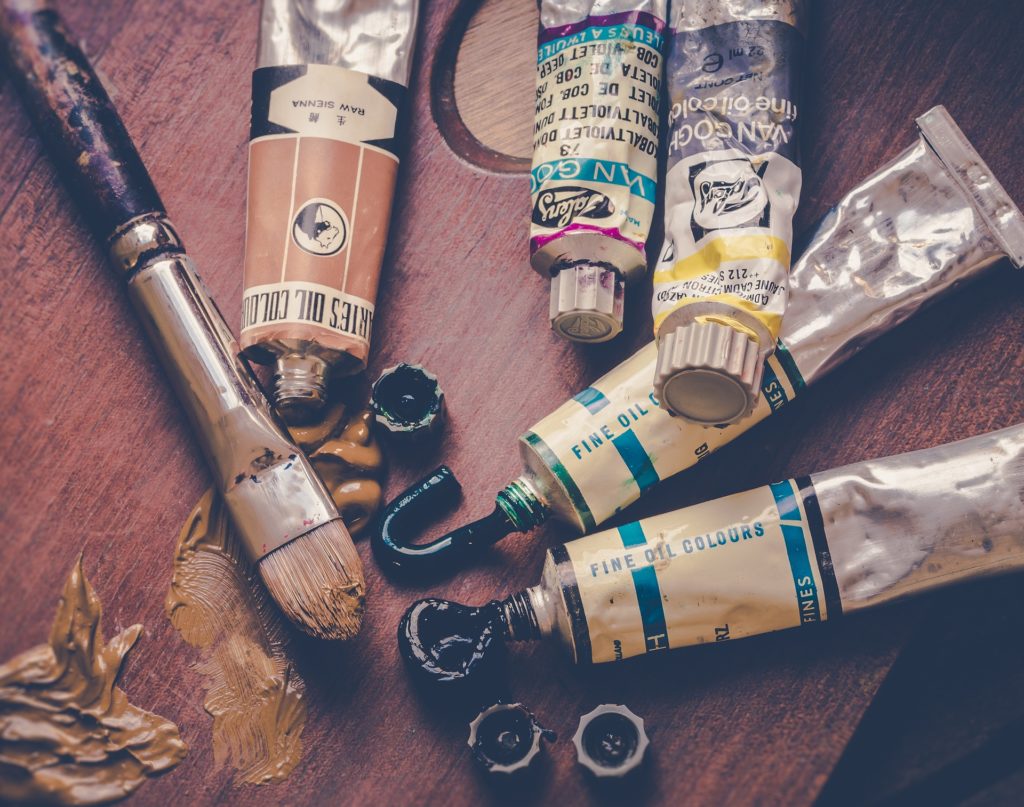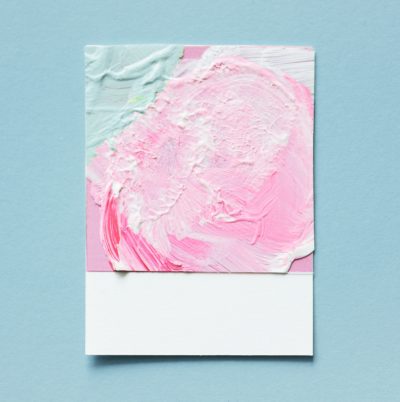Oil vs Acrylic: What’s Trending?
For centuries, oil paints were the standard medium for painters around the world. Versatile and easy to blend, this type of paint transformed the art world and is responsible for the classical works we still admire to this day.
Today, more artists are using acrylic paints in their work. Old-school artists will tell you that acrylics are for amateurs. But it’s hard to ignore the benefits of this medium. Today, we’re going to explore these two types of paint.
A Brief History on Paint
The oldest paintings in the world are cave paintings, and they were created using charcoal or dirt mixed with animal fat or spit. The pigments stuck to these cave walls because they became trapped in the porous wall of the rock. The spit or animal fat also helped adhere the paint to the rock.


As humans evolved, so did our use of paint and our materials used to create them.
The ancient Egyptians used wax and eggs as media for pigments. In the Medieval Age, egg tempura painting was common. With this technique, pigment was mixed with water and egg before application.
During the Renaissance period, egg was replaced by linseed or walnut oil as media. Although they dried more slowly than the egg tempera, the paint was more versatile. It was during this period that oil painting was introduced, which lead to fundamental changes in the art world.
Oil paints would remain the standard among artists until the 20th century when acrylic paint was introduced.
Oil vs Acrylic: What’s the Difference?
Oils and acrylics may look the same when they’re squeezed out of the tube, but these two paints are fundamentally different. The paint medium also varies.
Oil Paints


Oil paints are classic. They were, after all, developed in the 12th century and used to create some of the most iconic works of art in history. The Mona Lisa, Starry Night and The Last Supper are just a few of the many works of art created using oil paints. These are the paintings that you’ll find in a fine art online gallery.
The chemical composition of oil paints differs from acrylics in that the pigments are suspended in oil, usually linseed. The oil component makes this type of paint a little more complicated. As you can imagine, oil paints are not compatible with water, which means that brushes must be cleaned using turpentine or white spirit.


Acrylic Paints
Acrylics are still a relatively new invention. They first became commercially available in the 1950s. With this type of paint, pigments are suspended in acrylic polymer emulsion.
No special chemicals are required to work with acrylics. They can be thinned out with water, and they dry quickly.


Acrylic vs Oil Paint: Which One is Better?
As you can see, oil paints are very different from acrylics. Although oils are considered the classic choice, the art world is becoming more accepting of acrylic pieces and taking artists who use acrylics more seriously. Today, you’ll find oil paintings for sale on art-selling websites that also sell acrylic original artwork.
Which paint type is better?
Neither. Like with anything else in the art world, it all comes down to personal taste and preference.
By exploring the main characteristic differences between oils and acrylics, you can better determine which type of paint is better for you.


Drying Time
The key main difference between oils and acrylics is the drying time. Acrylics dry fast – very fast. You can start and finish a painting in a few hours, and the paint will dry within 15 minutes of you putting down your brush.
Oils, on the other hand, take days to dry.
Both have advantages.
If you’re looking for instant gratification and you like the idea of painting in short spurts, acrylics offer a clear advantage. The quick drying time also allows you to add several layers quickly and without it impacting other colors.
If you’re the type of person who likes to start a project and work on it slowly over time, oils are the better option. With acrylic, you can’t start your painting one day and expect to be able to pick up right where you left off the next day. With oils, the paints will still be wet, so you can start blending colors again and continue working on your painting over several days.
Blending
Do you prefer hard lines, or soft blends? Oil is far superior in the blending department simply because of the extended drying time. Subtle transitions between lights and darks can be achieved using oil paints.
Subtle blending can be achieved with acrylics as well, but you must work quickly and/or use different mediums to reach this goal.
If you prefer hard lines or works that are more graphical in nature, than acrylics are the better option.


Experimenting
Do you like to experiment with your work? If so, then acrylic is the clear choice here. Mediums can be added to acrylics which allow the paints to take on special properties.
Some mediums can make the paint thicker, while others will thin them out. Some will slow the drying time to make them behave more like oils. With acrylics, you have more possibilities.
Oil paints don’t offer this same level of flexibility.
If you enjoy working in mixed media, then acrylics is the answer for you. But if you prefer to stick to classic painting, then oils may be your preferred option.
Lightfastness
Lightfastness refers to how quickly a color will fade when it’s exposed to light. Acrylics and oils respond differently to light.
Over time, oils fade. Typically, the most obvious indication of fading is with white or lighter colors, which have a tendency to turn yellow. This is because the pigment dulls over time and the oil binder starts to show through.
Acrylics have superior lightfastness. The color will look the same today as it will many decades from now.
Toxicity
One of the main disadvantages of oils is that you need well-ventilated working space if you want to work safely. Why? Because you have to work with paint thinners, and the fumes can become overwhelming if you’re working in a small, poorly ventilated area.
There are also health concerns with oil paints. Turpentine rags can spontaneously combust, and white spirit can irritate the skin.
If you have an appropriate studio set-up, working with oils may be your preferred choice. But if you’re limited in terms of budget or space, acrylics may be your only option.
Acrylics are great for artists who work in small or unventilated spaces. This paint is non-toxic and odorless. It’s also a great medium for kids to use if they’re interested in painting. You don’t need any special chemicals or mediums to work with this paint. All you need is a glass (or bucket) of water, and you’re ready to start painting. Also the quick drying time makes this painting a favorite.
The debate over oils and acrylics is ongoing, but one thing is clear: acrylics are becoming more popular and more accepted in the art community. Because they’re so easy to use, acrylics also make art more accessible to people, especially budding artists on low budgets who can only work out of their living rooms. Anything that gets people interested and participating in art is a good thing. Plus, acrylics open the door for experimentation, allowing artists to push their creativity to new heights.







